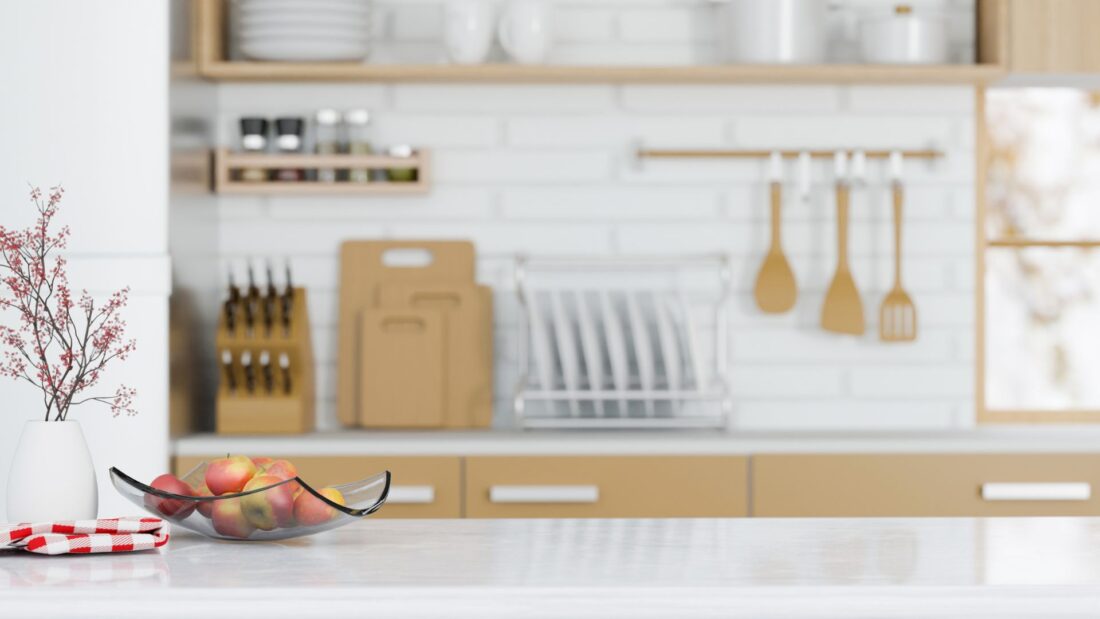Designing for Better Habits: A Guide to Purposeful Home Interiors
As lovers of interior design, we appreciate the power of a well-curated home environment. It can serve as a reflection of our personal style, a sanctuary for rest and relaxation, and more importantly, a stage where our daily lives unfold. The intersection of design and lifestyle is a fascinating realm. We’re not just crafting aesthetically pleasing spaces; we’re shaping the backdrop for our habits and routines. This article explores how conscious interior design decisions can encourage better habits for a healthier and happier life.
Creating an Inviting Kitchen: The Heart of Healthy Living
The kitchen is often considered the heart of a home, and rightly so. It’s the hub of nourishment, where we prepare meals that fuel our bodies and minds. By designing an inviting kitchen, we create a space that encourages us to engage more in healthy cooking. A well-lit, organized kitchen not only streamlines the cooking process but also makes it more enjoyable. Thus, reinforcing our inclination towards maintaining a balanced diet.
Visible Reminders for Regular Exercise
In the realm of fitness, ‘out of sight, out of mind’ often rings true. To keep physical activity on our daily agenda, consider integrating your exercise equipment into your home design. Having a yoga mat or weights in plain view can serve as a visual reminder to stay active. Incorporating a dedicated fitness corner or a mini home-gym setup can make it easier to stick to your exercise routine.
A Living Room Layout that Fosters Interaction
The layout of our living spaces has a significant impact on how we interact within them. If the TV is the central point in your living room, it might encourage more passive, solitary activities. Instead, consider rearranging your furniture to promote conversation and social interaction. By positioning chairs and sofas to face each other, you facilitate a more engaging, communal environment.
Kid-Friendly Decor for Quality Family Time
Spending time with family strengthens social bonds and supports overall happiness. By incorporating kid-friendly decor elements into your design, you create opportunities for shared activities. Something as simple as a chalkboard wall in your kitchen or a climbing wall in your child’s room can encourage you to partake in playful and creative moments with them.
Home interior design extends beyond aesthetics; it influences our lifestyle and the habits we form. By creating inviting, purposeful spaces, we can foster healthier habits, encourage interaction, and promote overall well-being. As design enthusiasts, let’s utilize the power of interior design to not only beautify our homes but also enhance our lives.





